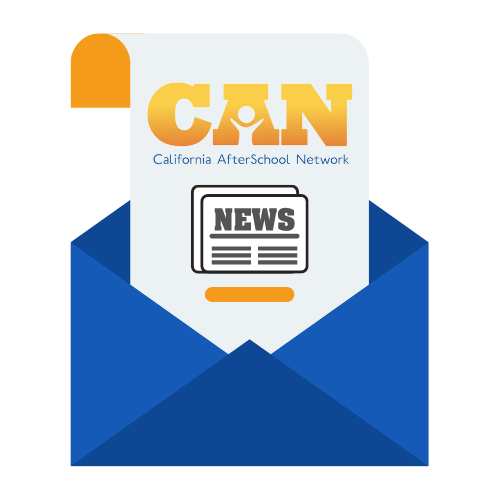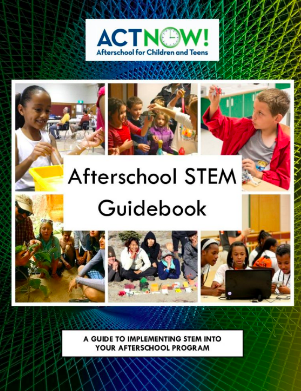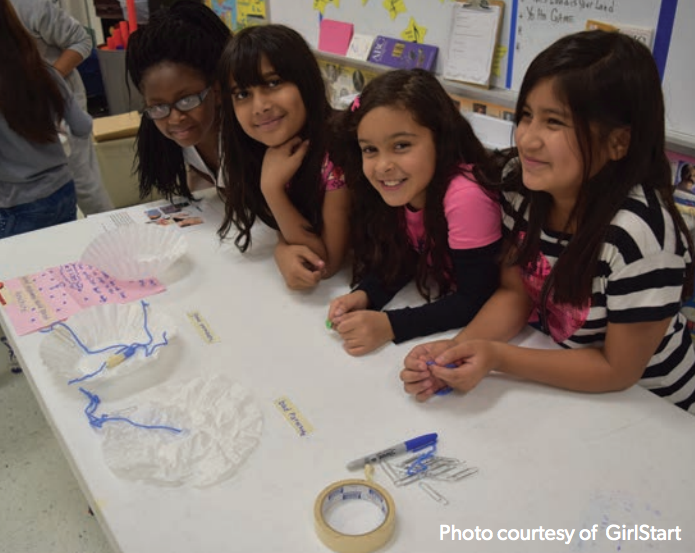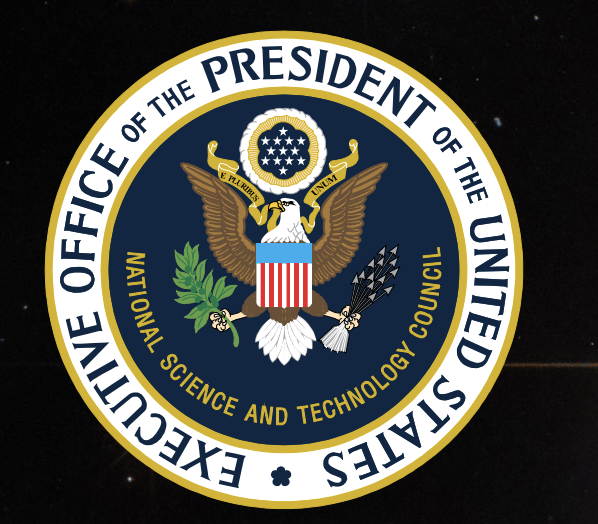Resources
STEM Learning Resources for Afterschool Professionals from ACT NOW
ACT Now has created an easy to navigate, comprehensive guide of affordable STEM resources for afterschool providers to utilize and incorporate into their own programs! With this easy to follow along guidebook, everyone has the ability to lead STEM activities! Program providers can learn, experience, and experiment with STEM alongside their students. Afterschool programs have the unique opportunity to build and shape future STEM workers, let’s start shaping our students today!
STEM Curriculum and Learning Resources from Extended Notes
Inspire children to explore the world around them! It doesn’t take much to inspire a world of STEM learners! Using Extended Note’s resources will make it even easier to get inspired! These online resources will help your students learn to demonstrate core science, technology, engineering and math concepts with simple, everyday tools.
The Impact of Afterschool STEM: Examples from the Field
Afterschool programs continue to play a vital role in expanding STEM learning experiences for youth participants. Afterschool Alliance released an updated report, The Impact of Afterschool STEM: Examples from the Field that provides new evaluation data from newly added afterschool program locations.
America’s Strategy for STEM Education
The White House is pleased to unveil Charting a Course for Success: America’s Strategy for STEM Education, a highly-anticipated 5-year STEM Education strategic plan to expand and improve the nation’s capacity for high-quality STEM education and prepare citizens with the skills necessary for the STEM economy of the future.





